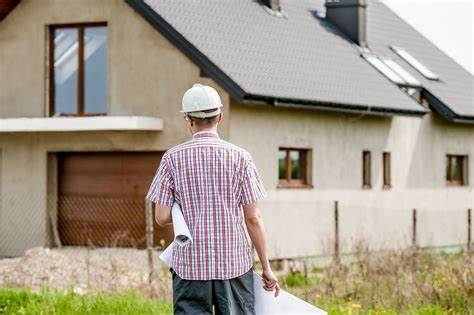Understanding the costs of roofing and siding is essential for homeowners planning renovations. This guide provides a comprehensive look at roofing and siding expenses, covering different materials, installation, and maintenance considerations. Whether you’re considering a full roof replacement or upgrading your siding, knowing the costs involved can help you make informed decisions and plan your budget effectively.
Read on to discover detailed information on roofing and siding costs, and get the insights you need for your next home improvement project.
What Affects the Cost of Roofing and Siding?
Several factors influence the cost of roofing and siding. Knowing these can help you plan and budget effectively. Each element, from the size of your roof to the type of siding material, plays a crucial role in determining the overall expenses. Understanding these factors will help you make informed decisions and avoid unexpected costs.
Factors Influencing Roof Replacement Costs
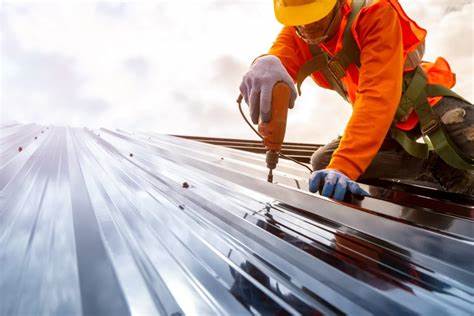
Many factors affect roof replacement costs. Understanding these can help you estimate the total cost of your roof replacement project.
1. Roof Size
The size of your roof is one of the most significant factors influencing the cost of a roof replacement. Larger roofs require more materials and labor, which directly increases the overall cost. The total area of your roof, measured in square feet, will determine the amount of roofing material needed. This is why roofing costs are often quoted per square foot.
2. Type of Roofing Material
The type of roofing material you choose greatly affects the overall cost. Common roofing materials like asphalt shingles are generally more affordable. Basic asphalt shingles are cost-effective and widely used due to their balance of durability and price. On the other hand, premium materials such as metal roofs, concrete tiles, and copper roofing are more expensive but offer increased longevity and aesthetic appeal.
3. Roof Pitch and Design
The pitch (slope) and design of your roof also influence the cost. Steeper roofs are more challenging to work on, increasing labor costs due to the added difficulty and safety measures required. Complex roof designs with multiple facets, valleys, and peaks also require more time and materials, leading to higher costs.
4. Local Building Codes
Compliance with local building codes can add to the total cost of your roof replacement project. These codes are designed to ensure safety and durability but may require additional materials or specific installation methods. It’s essential to work with a roofing contractor familiar with local codes to ensure compliance and avoid potential fines or rework.
5. Labor and Material Costs
Labor costs vary by region and the complexity of the installation. In areas with higher living costs, labor rates will be higher. The type of roofing materials used also affects the overall cost. For example, metal roofing requires more specialized skills to install, which can increase labor costs. Material costs fluctuate based on market demand and availability, so it’s essential to get up-to-date cost data when planning your project.
Factors Affecting Siding Costs
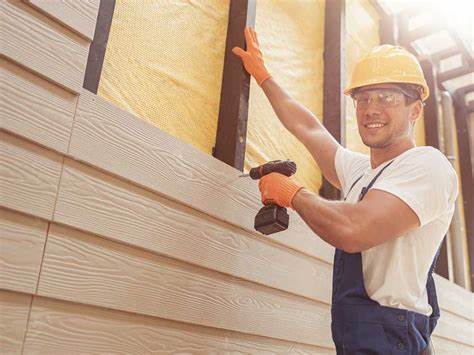
Several elements impact siding costs. Considering these factors can help you budget for your siding installation.
A. Type of Siding Material
The type of siding material you choose will significantly affect the cost. Vinyl siding is often the most affordable option. It is low-maintenance and comes in various colors and styles. Wood siding, while providing a natural and classic look, is more expensive and requires regular maintenance. Fiber cement siding offers durability and fire resistance at a moderate cost while metal and stucco siding provide unique benefits at higher prices.
B. Condition of Existing Siding
If the existing siding is in poor condition, additional preparation work will be necessary before the new siding can be installed. This might include removing old siding, repairing structural damage, or adding insulation. These preparatory steps can add significant costs to your project.
C. Labor Costs
Labor costs for siding installers vary based on the complexity of the job and regional differences. Installing intricate or heavy materials like wood or fiber cement can be more labor-intensive and thus more expensive. In regions with higher labor rates, you can expect to pay more for professional installation.
D. Siding Installation Methods
The method of installation can affect the overall cost. Some siding materials require more labor and time to install properly. For example, stucco siding needs multiple layers and precise application techniques, which increases labor costs. Choosing a simpler installation method can help reduce costs.
E. Regional Price Variations
Costs for both materials and labor can vary significantly by region. Factors such as local demand, availability of materials, and regional economic conditions can all influence prices. It’s important to obtain quotes from local contractors to get an accurate estimate for your area.
Understanding these factors can help homeowners plan for the expenses associated with roof and siding replacements. By considering the type of roofing material, roof size, and labor costs, you can better estimate the cost of your project. Working with experienced roofing contractors and siding installers can also help ensure that your project stays within budget and meets all necessary standards.
Roofing Materials and Their Costs
Choosing the right roofing material is crucial for the longevity and aesthetics of your home. Each type of material comes with its own set of costs and benefits. This section provides a detailed look at the most common roofing materials and their associated costs to help you make an informed decision.
Cost of Asphalt Shingles
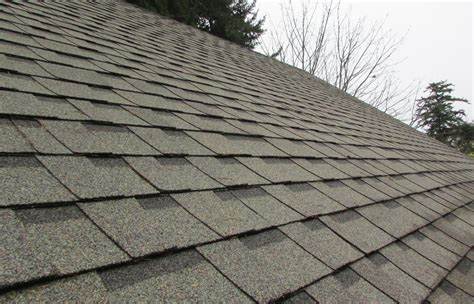
Asphalt shingles offer a balance of affordability and durability, making them a popular choice for many homeowners.
- Cost: The cost of an asphalt shingle roof typically ranges from $3.50 to $5.50 per square foot. This makes it one of the most cost-effective roofing materials available.
- Durability: Asphalt shingles are durable enough to last 15 to 30 years, depending on the quality of the shingles and the climate.
- Maintenance: Basic asphalt shingles are relatively easy to maintain. Roof repairs for asphalt shingles are generally straightforward and inexpensive.
- Suitability: Asphalt shingles are suitable for various roof designs and pitches, making them a versatile option for many homes.
Cost of Metal Roofing
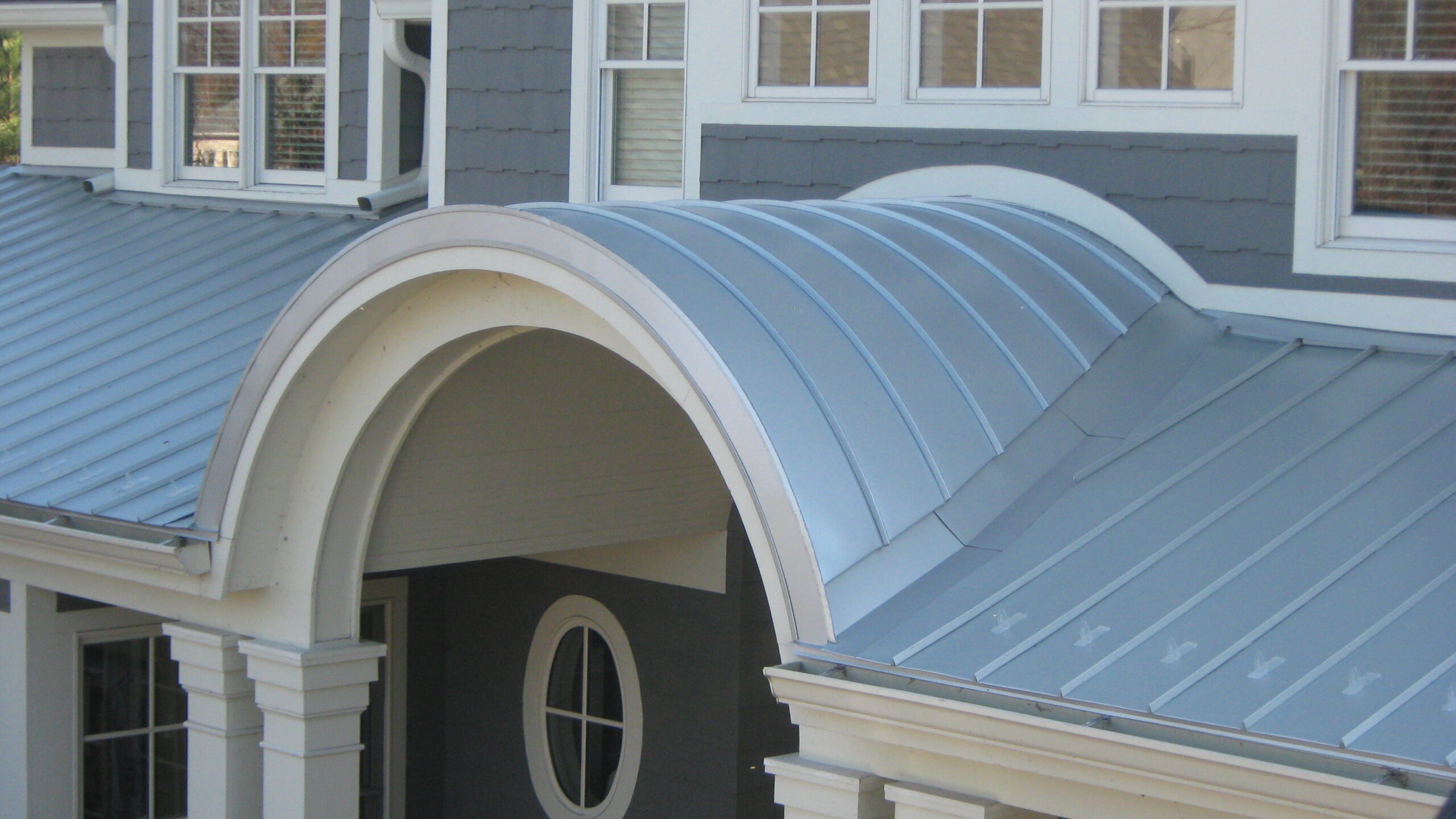
Metal roofing comes in various styles and colors, allowing homeowners to choose an option that complements their home’s design. Metal roofing costs more upfront but provides excellent durability and energy efficiency.
- Cost: Metal roof costs can range from $7 to $12 per square foot, depending on the type of metal used. A new metal roof is a significant investment but offers long-term benefits.
- Durability: Metal roofing is highly durable, often lasting 50 years or more with proper maintenance. It is resistant to weather damage, fire, and pests.
- Energy Efficiency: Metal roofing is energy efficient, reflecting sunlight and reducing cooling costs. This can lead to significant energy savings over the lifespan of the roof.
- Maintenance: Metal roofs require less maintenance than other roofing materials. However, it is essential to ensure proper installation to avoid issues with the roof’s structural integrity.
Cost of Tile Roofing
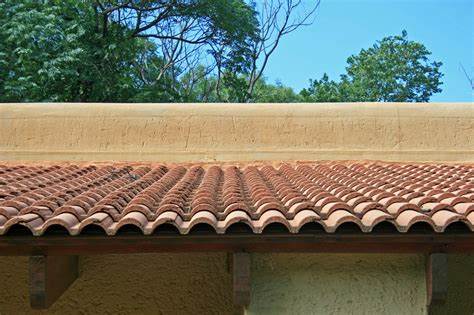
Tile roofing is both attractive and durable, making it a preferred choice for homeowners seeking a premium look. Tile roofing materials can be costly and require a strong roof structure to support their weight. Tile roofing is available in various styles, including traditional clay tiles, concrete tiles, and slate.
- Cost: The cost of tile roofing can range from $10 to $20 per square foot, making it one of the more expensive roofing options. The higher initial investment can be justified by its longevity and aesthetic appeal.
- Durability: Tile roofing is extremely durable and can last 50 to 100 years with proper maintenance. It is resistant to fire, rot, and insect damage, making it a reliable choice for long-term performance.
- Maintenance: While tile roofing requires minimal maintenance, it is important to inspect regularly for any broken or missing tiles to prevent leaks and roof damage. Roof repairs for tile roofing can be more complicated and costly due to the need for specialized materials and labor.
- Suitability: Due to its weight, tile roofing requires a strong roof structure to support it. It is essential to ensure that your home’s structure can handle the additional load before opting for tile roofing.
Cost of Copper Roofing
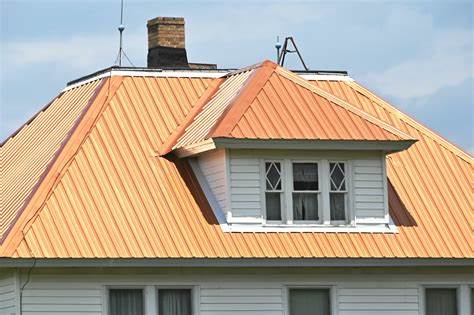
Copper roofing is a premium material with a high cost. It offers unmatched durability and an attractive appearance that develops a patina over time. Copper roofing is often chosen for its longevity and distinctive look. Copper roofing is prized for its distinctive appearance. This unique transformation is a key reason many homeowners choose copper roofing.
- Cost: Copper roofing costs can range from $15 to $30 per square foot, making it one of the most expensive roofing materials available. The high cost is offset by its exceptional durability and aesthetic appeal.
- Durability: Copper roofing is incredibly durable, often lasting over 100 years with minimal maintenance. It is resistant to fire, mildew, and corrosion, making it a superior choice for longevity.
- Maintenance: Copper roofing requires very little maintenance. The natural patina that develops over time protects the material from the elements, eliminating the need for frequent repairs. However, any necessary roof repairs should be performed by a skilled roofing contractor to maintain the roof’s integrity.
- Energy Efficiency: Copper roofing is energy efficient, reflecting heat and helping to keep the home cooler in the summer. This can lead to energy savings and a more comfortable living environment.
- Suitability: Copper roofing is suitable for various architectural styles and is often used for accenting specific areas of the roof, such as dormers and bay windows, in addition to full roof installations.
Understanding the costs and benefits of different roofing materials helps homeowners make informed decisions about their roof replacement or installation. By considering factors such as durability, energy efficiency, and overall roof cost, you can choose the best roofing material for your home and budget.
Siding Materials and Their Costs
Selecting the right siding material for your home is a crucial decision that affects both the aesthetic appeal and maintenance requirements. This section provides an overview of common siding materials and their costs, helping you make an informed choice for your siding project.
Cost of Vinyl Siding
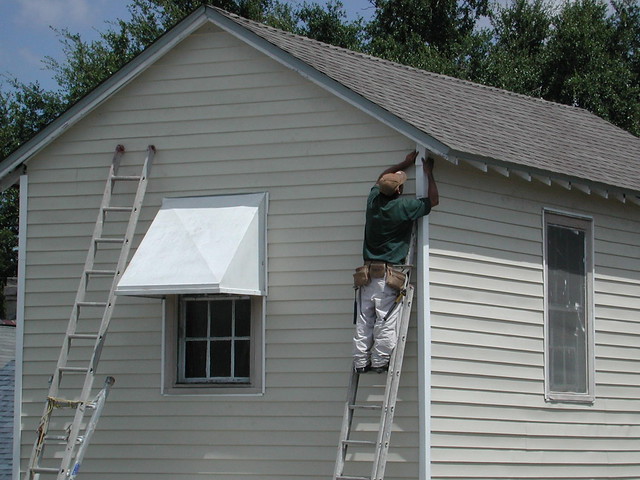
Vinyl siding is cost-effective and easy to maintain, making it a popular choice among homeowners.
- Cost: The typical cost of vinyl siding ranges from $2 to $7 per square foot. This affordability makes it an accessible option for many budgets.
- Maintenance: Vinyl siding requires minimal maintenance. It is resistant to rot and insects and can be easily cleaned with a garden hose.
- Durability: Vinyl siding can last up to 20-40 years if properly maintained. It is less prone to damage compared to other materials.
- Installation: Vinyl siding is relatively easy to install, reducing labor costs. However, hiring experienced siding installers ensures a proper fit and finish.
Cost of Wood Siding
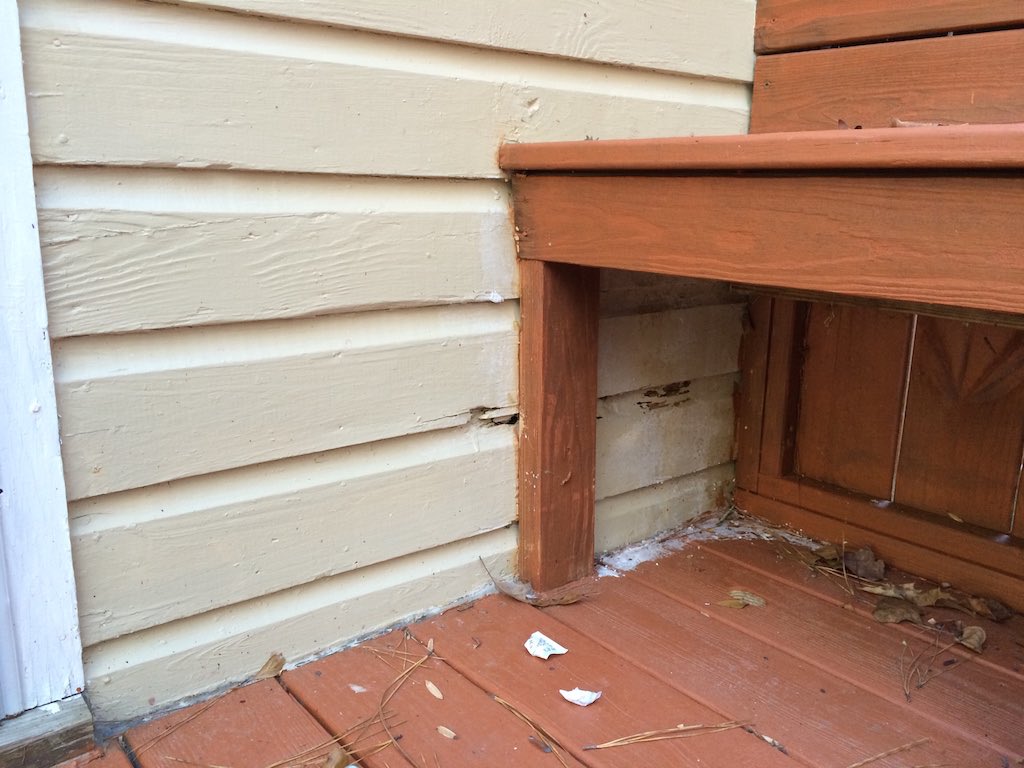
Wood siding offers a classic and timeless look that enhances the curb appeal of a home. It can be customized with various finishes and styles. Wood siding provides a natural aesthetic but comes with higher costs and maintenance needs.
- Cost: The cost of wood siding typically ranges from $6 to $12 per square foot. This higher price reflects the quality and appeal of natural wood.
- Maintenance: Wood siding requires regular maintenance, including painting or staining every few years to protect against moisture and insect damage.
- Durability: While wood siding can last for decades, it is more susceptible to damage from weather and pests compared to other materials.
- Installation: Proper installation by a roofing contractor or siding professional is essential to ensure the longevity and performance of wood siding. This can add to the overall project cost.
Cost of Metal Siding
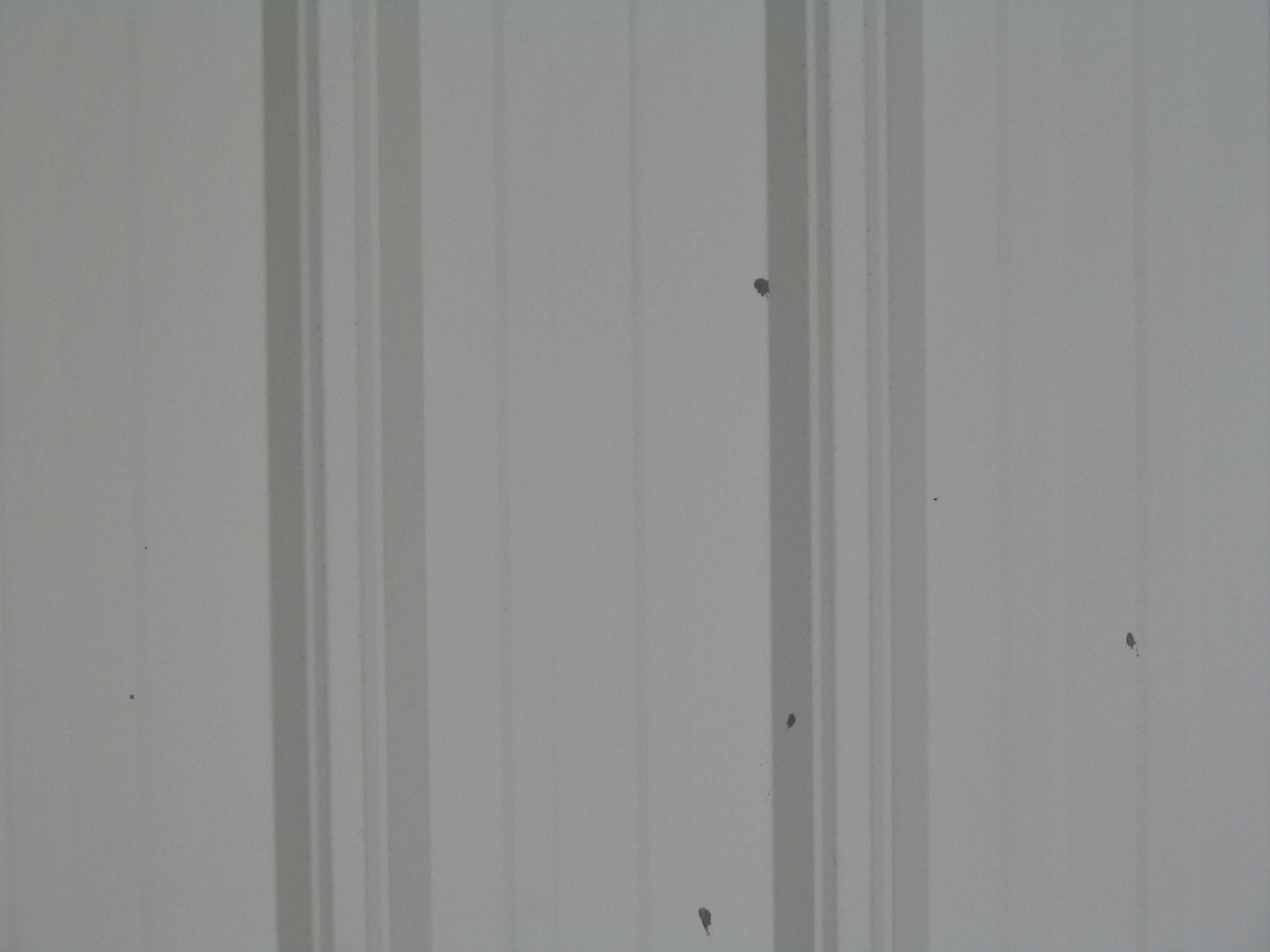
Metal siding is durable and gives a modern appearance. It is resistant to fire, insects, and rot, making it a long-lasting option.
- Cost: The typical cost of metal siding ranges from $5 to $10 per square foot. The price can vary based on the type of metal used, such as aluminum or steel.
- Maintenance: Metal siding requires minimal maintenance. It is resistant to many of the issues that affect other materials, like rot and insect damage. However, it may need occasional painting or coating to prevent rust, depending on the metal type.
- Durability: Metal siding can last 40 to 70 years if properly maintained. Its durability makes it a cost-effective option over the long term.
- Energy Efficiency: Metal siding reflects sunlight, helping to keep homes cooler in the summer. This can lead to energy savings on cooling costs.
- Installation: Professional installation is recommended to ensure that metal siding is properly secured and insulated. Improper installation can lead to issues such as leaks and reduced energy efficiency.
Cost of Fiber Cement Siding
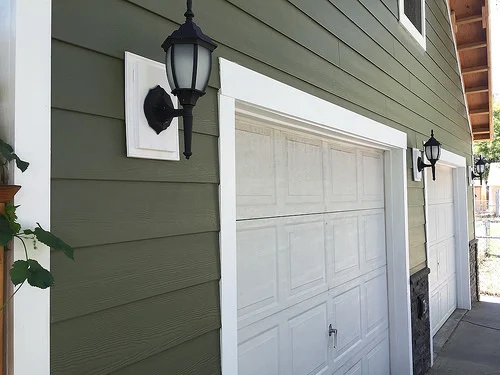
Fiber cement siding is known for its durability and fire-resistant properties. It mimics the appearance of wood but requires less maintenance. Fiber cement siding can replicate the look of wood, stone, or brick, providing a high-end appearance without the associated maintenance.
- Cost: The cost of fiber cement siding ranges from $5 to $10 per square foot. While more expensive than vinyl, it offers greater durability and a longer lifespan.
- Maintenance: Fiber cement siding requires less maintenance than wood. It does not rot or get damaged by insects, and it only needs to be painted every 10-15 years.
- Durability: Fiber cement siding is highly durable and can last up to 50 years. It is resistant to fire, wind, and termites, making it a robust option for various climates.
- Installation: Installing fiber cement siding is more labor-intensive and requires specialized tools. Hiring experienced siding installers is crucial to ensure a proper fit and finish.
Cost of Stucco Siding

Stucco siding is attractive and offers excellent insulation. It requires skilled installation and regular maintenance to prevent cracking and damage. Stucco provides a smooth, textured finish that can be customized with various colors and styles. It is often used in Mediterranean and Southwestern-style homes.
- Cost: The typical cost of stucco siding ranges from $6 to $9 per square foot. The price can vary based on the type of stucco finish and the complexity of the installation.
- Maintenance: Stucco siding requires regular maintenance to prevent cracking and damage. This includes painting and sealing every few years to maintain its appearance and functionality.
- Durability: Stucco siding can last 50 to 80 years with proper maintenance. It is resistant to fire and offers good insulation, contributing to energy efficiency.
- Installation: Proper installation by skilled professionals is essential for stucco siding. Improper installation can lead to cracks and water damage, reducing its lifespan and effectiveness.
Choosing the right siding material involves considering both initial costs and long-term benefits. Metal siding, fiber cement siding, and stucco each offer unique advantages in terms of durability, maintenance, and appearance. By evaluating these factors, homeowners can select the best siding option to enhance their home’s value and aesthetic appeal.
Professional Roof Replacement vs. DIY Roof Replacement
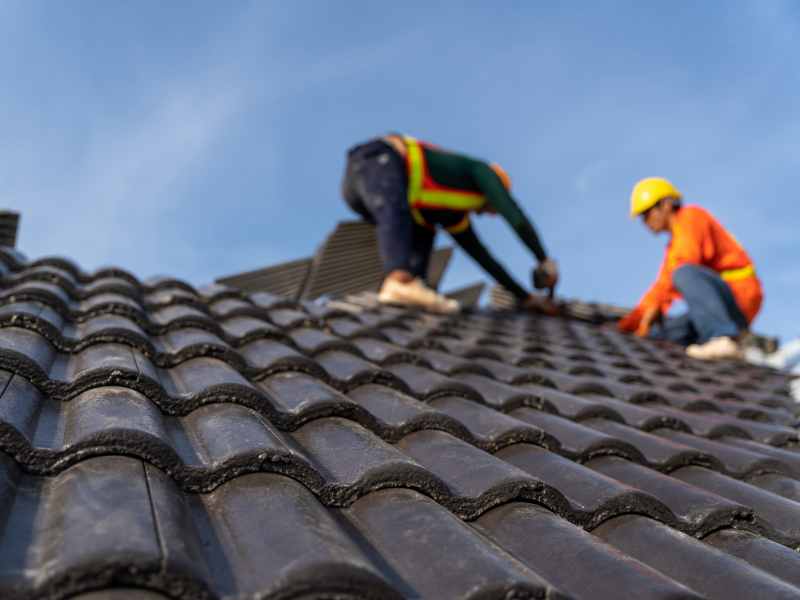
When replacing your roof, you can hire a professional roofing contractor or attempt a DIY roof replacement. Both options have their pros and cons, and your choice will depend on factors such as the roof replacement cost, your skill level, and the condition of your existing roof.
Professional Roof Replacement
Hiring a professional roofing contractor ensures that the job is done correctly and efficiently. Professionals have the expertise and tools to handle various roofing materials and complex roof designs, preventing issues like leaks or improper installation that could lead to expensive roof repairs. They can complete a new roof installation quickly, reducing the time your home is exposed to the elements.
Professional roof replacements come with a roof warranty, providing peace of mind, and insurance coverage against accidents or damage. Although the upfront cost is higher, the long-term savings from a correctly installed roof can outweigh the initial expenses. The roof replacement cost typically includes both labor and materials, ensuring a comprehensive approach.
DIY Roof Replacement
Opting for a DIY roof replacement can significantly reduce labor costs but requires a high level of skill and preparation. The main advantage is the reduction in out-of-pocket costs, making the overall roof replacement cost more affordable. However, replacing an entire roof requires significant skill and knowledge of roofing materials.
Mistakes in installation can lead to roof damage and higher repair costs. DIY roof replacement is time-consuming and may expose your home to weather risks for an extended period. Without professional experience, there’s a higher risk of accidents and improper installation, and any damage or accidents will need to be covered out of pocket.
Professional Siding vs. DIY Siding Installation
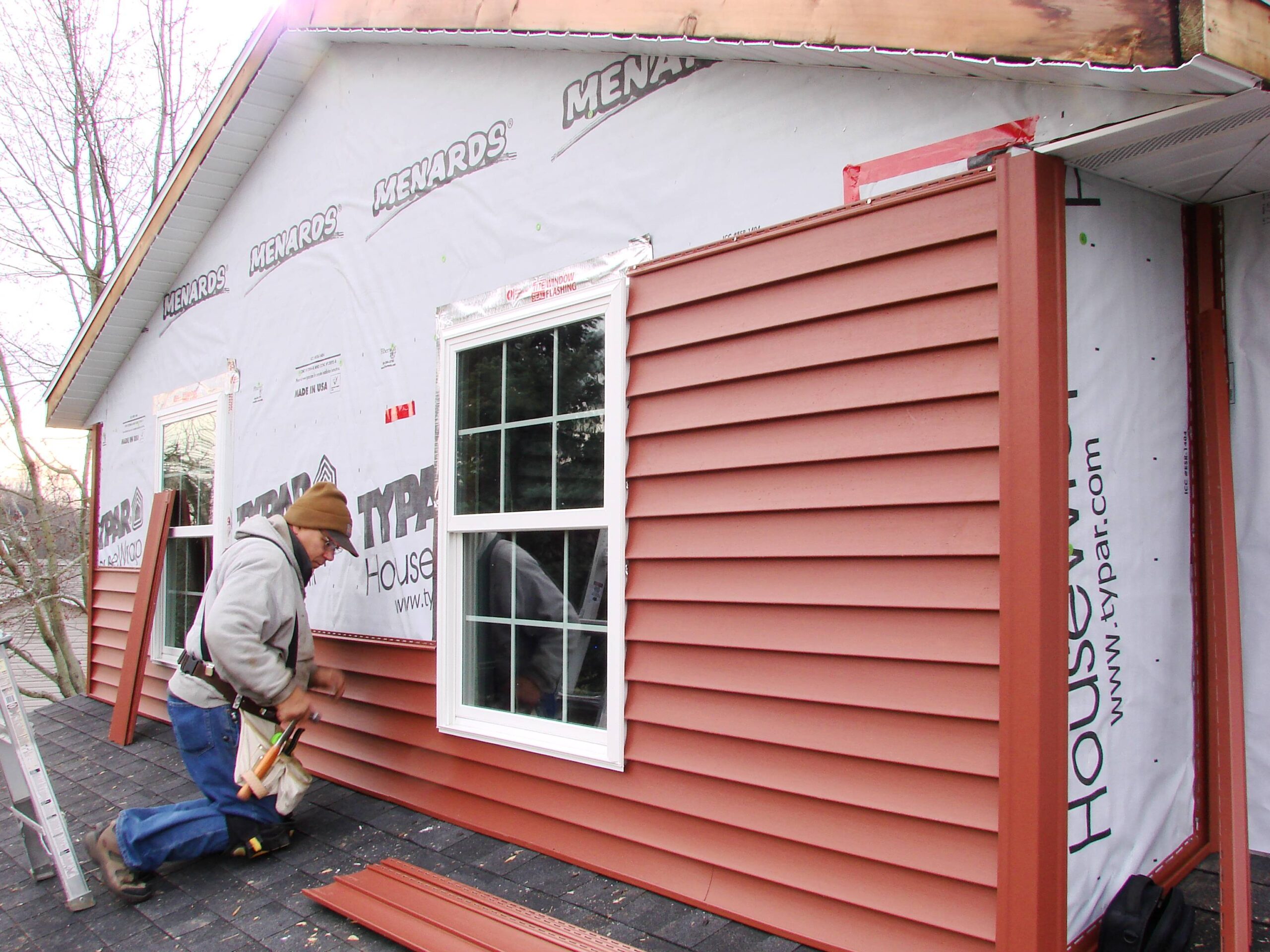
Choosing between professional siding installation and DIY siding installation involves considering costs, skill level, and desired results. Each option has its benefits and challenges.
Professional Siding Installation
Hiring professional siding installers ensures high-quality work with minimal risk of future problems. Professionals can install various siding materials, ensuring a precise fit and finish. They complete the job faster and more efficiently, reducing disruption to your home.
Professional installations come with warranties on both materials and labor, protecting potential issues. While the initial installation costs are higher, the quality of work can lead to long-term savings by reducing the need for future repairs.
DIY Siding Installation
DIY siding installation can reduce labor costs but requires careful planning and execution. It makes the overall project more affordable by cutting down on labor expenses. However, installing siding requires precision and attention to detail. Mistakes can lead to gaps, misalignment, and other issues, increasing repair costs.
DIY siding installation is time-intensive and physically demanding, often taking longer than professional installations. There’s also a higher risk of improper installation, which can cause future problems like water infiltration and reduced energy efficiency.
Maintenance and Repair Costs
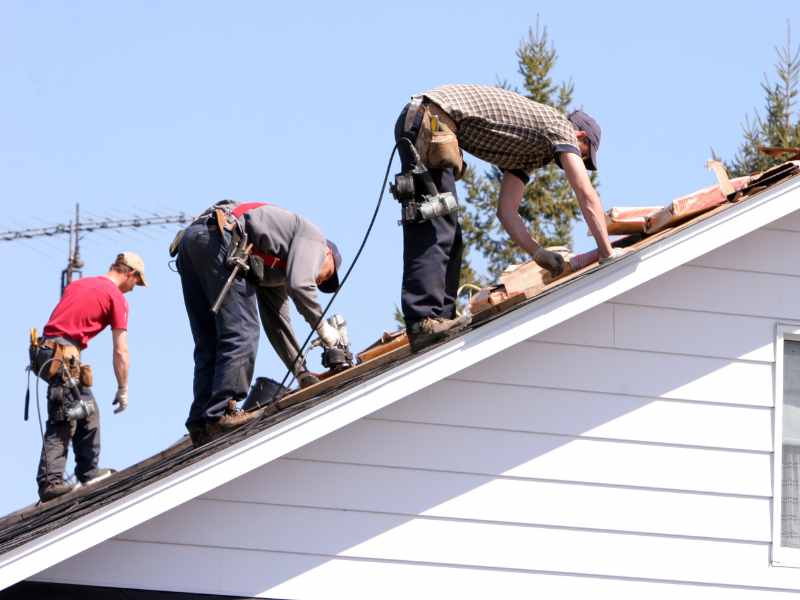
Regular maintenance and timely repairs are essential for extending the lifespan of your roof and siding. Understanding the associated costs can help you budget effectively and avoid more significant expenses down the road.
Roof Repairs
Regular maintenance and minor repairs can significantly extend the lifespan of your roof. Addressing issues such as missing shingles and other minor problems promptly can save money in the long run and prevent more severe damage. The average cost of roof repairs varies depending on the extent of the damage and the roof material. Minor repairs can range from $150 to $400, while more extensive repairs might cost $1,000 or more. Regular inspections by roofing contractors can help identify these problems early. Hiring experienced roofing contractors ensures that repairs are done correctly and efficiently. They can also provide valuable advice on maintaining your roof’s structural integrity.
Siding Repairs
Siding repairs depend largely on the material used. Vinyl siding is generally easy and inexpensive to repair, while wood siding may require more frequent and costly maintenance. The average cost of siding repairs varies by material. Vinyl siding repairs typically cost between $200 and $600, while wood siding repairs can range from $300 to $1,000 or more. Common siding issues include cracks, warping, and damage from moisture or pests. Regular inspections can help catch these problems early.
Regular maintenance and timely repairs can save homeowners money in the long run by preventing minor issues from becoming major problems. By understanding the average costs and common issues associated with roof and siding repairs, you can better plan and budget for these essential home maintenance tasks.
Choosing the Right Contractor
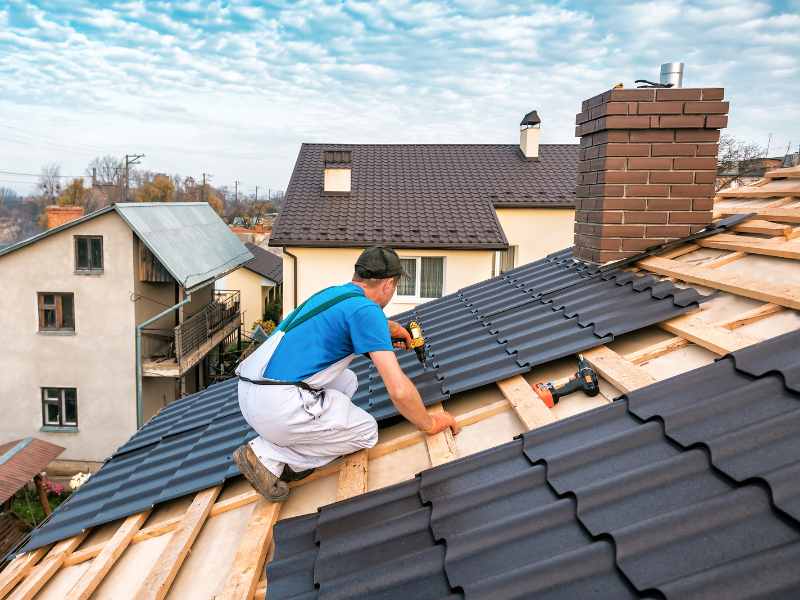
Selecting the right contractor is crucial for the successful completion of your roofing or siding project. A good contractor ensures that the work is done correctly, adheres to local building codes, and prevents future repair costs. This section discusses the importance of choosing experienced roofing contractors and siding installers.
Roofing Contractors
Choosing the right roofing contractor ensures quality work and adherence to local building codes. The roofing contractor you select should have a solid reputation and proven experience in handling various roofing materials and projects of different sizes. When considering how much roof replacement costs, the expertise of the contractor can significantly impact the final expense and the longevity of the roof.
A reliable roofing company will provide detailed estimates, including the cost per square foot and the total cost based on the roofing square footage. They should also offer warranties on both materials and workmanship, which can save you from potential repair costs down the line. When getting your roof replaced, it’s essential to verify the contractor’s credentials, check references, and ensure they are licensed and insured.
Siding Installers
Selecting experienced siding installers can prevent issues with improper installation and future repair costs. Proper installation of siding is critical to protecting your home from the elements and maintaining its energy efficiency. When choosing a siding installer, look for professionals with a track record of successful projects and satisfied customers.
The installer should provide a comprehensive estimate that includes the cost per square foot for the siding material, the total installation cost, and any additional expenses that may arise. Just like with roofing contractors, siding installers should offer warranties on their work. These warranties can cover material defects and installation errors, giving you financial protection against potential repair costs.
Final Thoughts on Roofing and Siding Costs
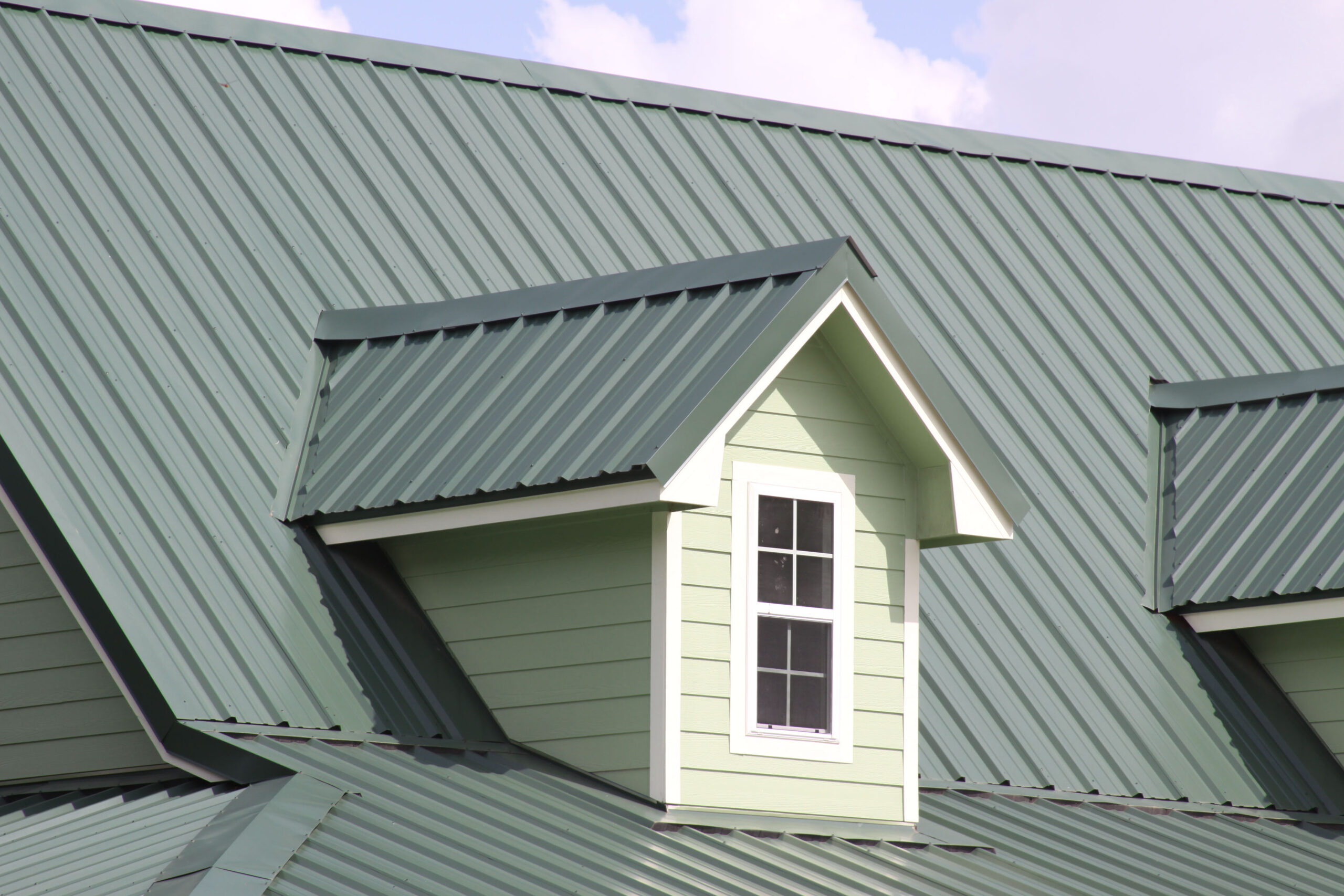
Understanding the various factors affecting roofing and siding costs can help homeowners make informed decisions. Proper planning, material selection, and contractor choice are key to a successful project. The repair cost for roofing and siding will depend on factors such as the type of material, the extent of damage, and the square feet involved. Considering energy-efficient options can lead to significant cost savings in the long run.
Roofing warranties are another critical factor to consider. They provide peace of mind and financial protection against potential repair costs. The right warranty can cover material defects and installation issues, ensuring that your investment is protected.
By taking the time to understand your options and make informed decisions, you can achieve a successful roofing and siding project that enhances the value, appearance, and energy efficiency of your home. This approach will help you save money on utility bills and maintenance costs while ensuring your home remains comfortable and protected for years to come.
